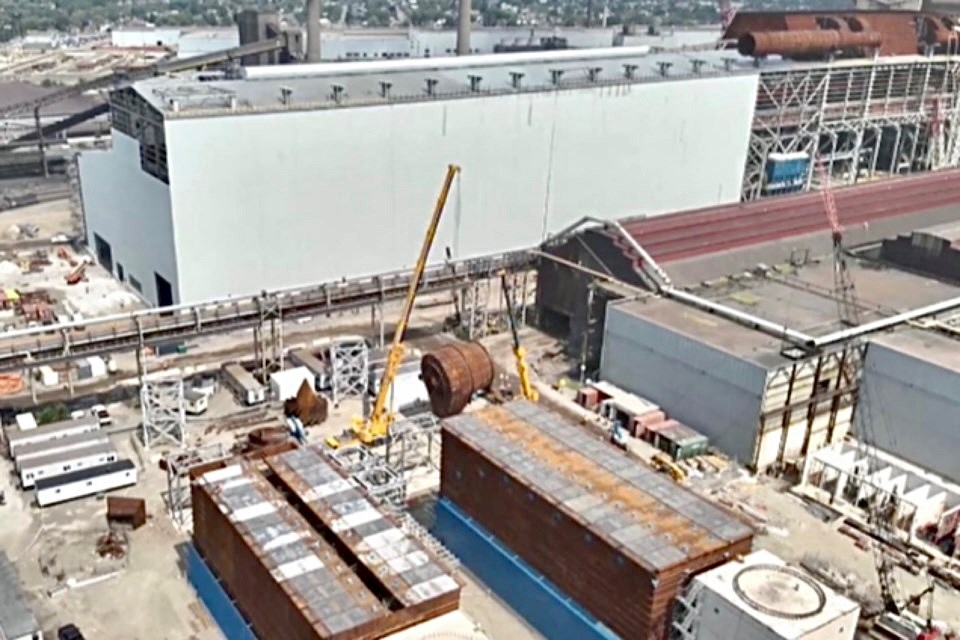Currently used to unload cooked coal (coke) that feeds its blast furnaces, Algoma Steel's Sawmill Bay Dock in Sault Ste. Marie is being refitted to accept scrap metal needed by its new electric arc furnaces.
"The dock is limited in terms of the type of usage and allowable vessel size due to the existing dock infrastructure and the water depth in the area," says a recent project description prepared by Transport Canada.
"Algoma intends to utilize the dock in the future to unload recycled metal. In order to do so, two main upgrades are required: (1) alterations to the dock structure to accept an increased variety of vessels as well as the associated equipment to unload them, and (2) dredging of the riverbed adjacent to the dock and the approach to accommodate vessels with larger drafts."
In 2025, Algoma will transition from its historic blast furnace steelmaking to modern and cleaner electric arc furnace technology. The steelmaker had to secure its source of scrap for the two furnaces, which are now the closing stages of construction. The scrap feed will arrive by ship.
Algoma CEO Michael Garcia explained it all in a steel industry podcast late last year.
The steelmaker won approval for the work from Transport Canada, Sault Ste. Marie Region Conservation Authority, the federal Department of Fisheries and Oceans and the provincial Ministry of Environment, Conservation and Parks.
The project description called for the dredging to be done using an arm cable bucket on a dredging barge.
"Silt curtains will be utilized around the excavation areas to ensure minimal disturbance of suspended solids outside of the dredging area.
"The dredged material will be temporarily placed on the barge and moved to a bermed area on Algoma's material storage and reprocessing site.
"The dredged material will be characterized and sampled in accordance with the Ministry of the Environment, Conservation and Parks soil rules... by a licensed third-party engineering firm and qualified person.
"Dewatering from the barge will consist of a vacuum truck removing the water from the barge and depositing it within Algoma's byproducts primary cooler sump, where the water will be treated and further processed at Algoma's main water filtration plant before final discharge back into the St. Marys River," said the project description.
"Dredging commenced in early September and is now complete for the year," Laura Devoni, Algoma's director for human resources and corporate affairs, tells SooToday.
Algoma's massive move away from blast furnaces and coke – the most costly construction project in local history – will use a different process to make steel.
The new electric arc furnaces will use electrical current to melt scrap steel and other materials to produce molten steel.




